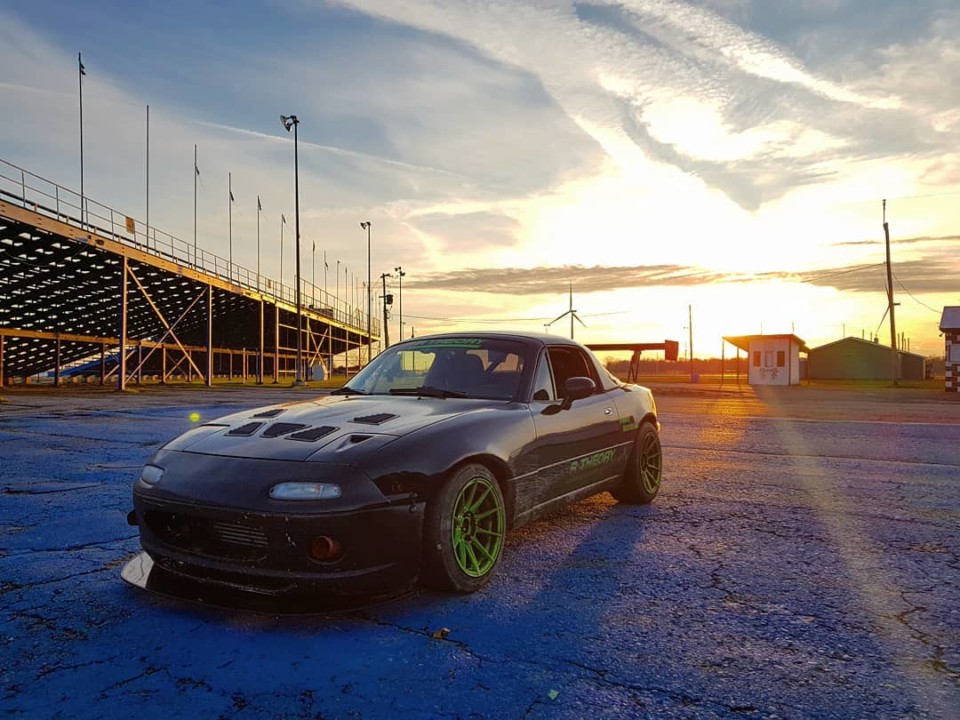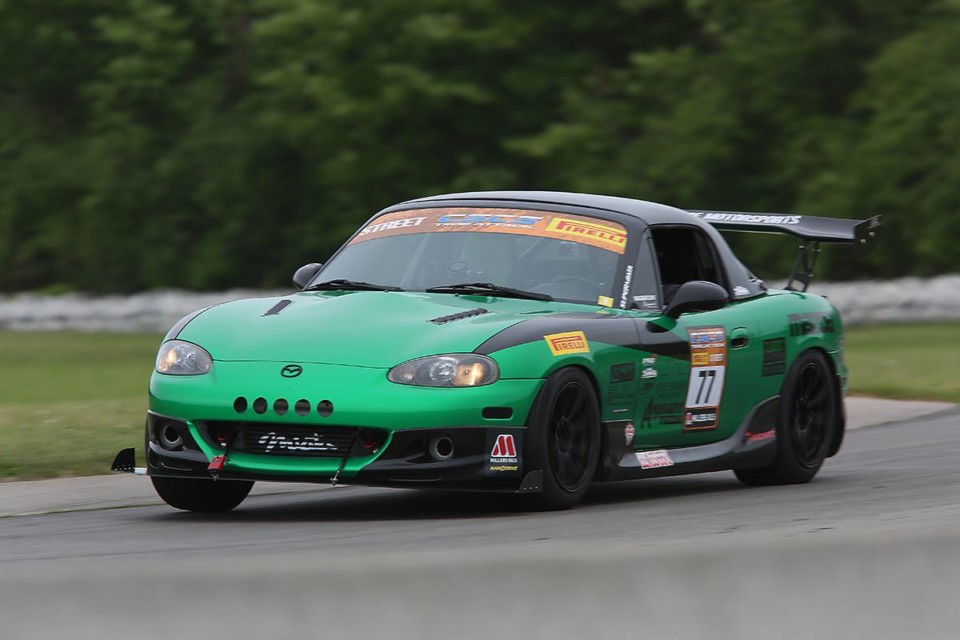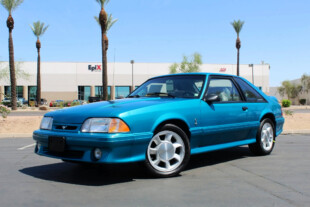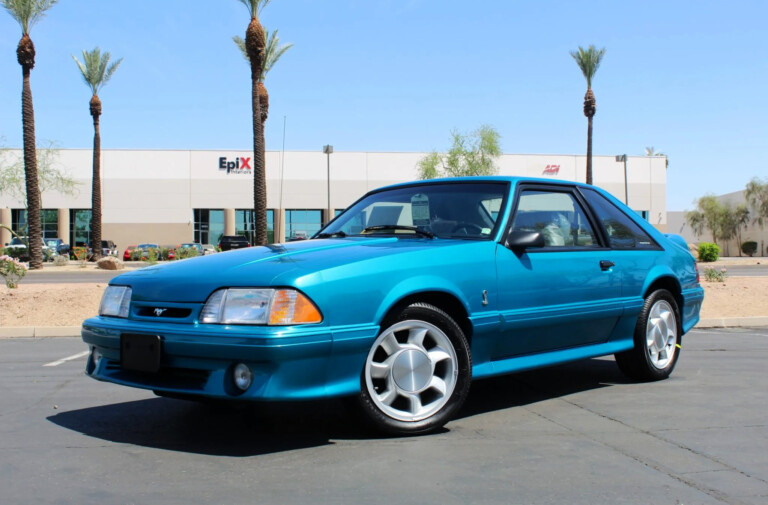The Mazda Miata is regularly derided for its lack of poke, but with so many options in forced induction available nowadays, finding power adders isn’t tough. However, there are still several routes to take. Some turbocharged Miatas have violent characters, while others are benign, and everyone has their opinion on whether it’s smarter to strap a blower or a turbo to their motor. Where lap times are concerned, it seems that a modern turbocharger is as effective as a supercharger, though the two do contribute to slightly different driving experiences.
It helps to have a fairly strict, scientific comparison between these two cars. There are some differentiating variables to take into consideration — mainly the tires. But, the successive generations of the car, similar dimensions, amounts of power and weight, use of Wilwood brakes, and level of focus make the cars very comparable.
The obvious difference between the two are the style of induction, but interestingly, some of the less obvious traits determine far more of the driving experience. As these are two are dedicated track cars which should encourage their drivers to push hard, their worth is perhaps judged on more subjective criteria. Who better than the meticulous and comical Speed Academy’s Dave Pratte to guide us through these two intriguing cars?
Turbocharged, Cramped, and Spiky

R Theory’s turbocharged Miata has the raw appearance to complement a demanding character. (Photo credit: R Theory Motorsports)
Anyways, let’s get to the cars. R Theory’s turbocharged NA (NA is the chassis code, of course) looks harder when parked. Predictably, it’s the slightly rawer car. Devoid of power steering, wearing a more communicative Hankook RS4 tire, and free from any frills, this car is clearly focused — possibly more so than its rival.
Though it might not be silky smooth, the mid-range punch of the turbocharged car’s delivery is still fairly progressive and quite controllable. Boost comes on quickly and never seems to lack urgency. As seen at 1:41, its 225 horsepower isn’t enough to unstick the rear Hankooks easily. Even when applying the throttle well before the apex, or over the bumps, the black car tends to understeer slightly — not what you’d expect from a turbocharged Miahteh!
Manhandling the car can loosen the rear, but it takes real provocation. The occasional snap mid-corner could be due to the cramped cabin. It’s always hard to roll entry speed into the corner when the pedal arrangement is awkward or the seating position is uncomfortable. Perhaps with a little more entry speed, the black Miata would neutralize and rotate around that safety net of understeer. It’s obviously the more demanding, spikier car, and as a result, it’s little surprise that the black car is quicker over the course of a lap. However, Pratte admits he wasn’t near the limit of the car due to the cramped confines of the cabin.
Glistening, Neutral, and Accommodating
Angevaare Motorsports’ supercharged car is more welcoming by the looks of things. Critically, its seat is mounted on the floor, and the balance is more benign. The power delivery — aided by variable valve timing — is a bit smoother. Compared to the black NA, this car looks much easier to exploit. Steering inputs are subtler thanks in part to power steering, and the floor-mounted seat makes heel-and-toe much simpler. Perhaps for the novice, this is the car to take — its definitely less of a workout over the course of a race.

(Photo credit: Angevaare Motorsports)
The Pirelli P-Zeros, as mandated by the CSCS rules, clearly aren’t as informative as the Hankooks, based on the way which our man guides the car less decisively through the eleven corners at Toronto Motorsports Park. It’s not surprising that it’s the slower of the two. Yet, Pratte admits to leaving less on the table with this car, as its friendly nature encourages the driver to push very hard.
Though these two are comparable in terms of output (the basic spec sheets are likely the same length), their characters are quite different. Just as much as the choice of parts, the way which the driver can interact with the car has a massive impact on how far it can be pushed and what sort of times it can yield. It just goes to show that, regardless of parts chosen, a car can only be fully exploited if the driver is at one with their machine.






















